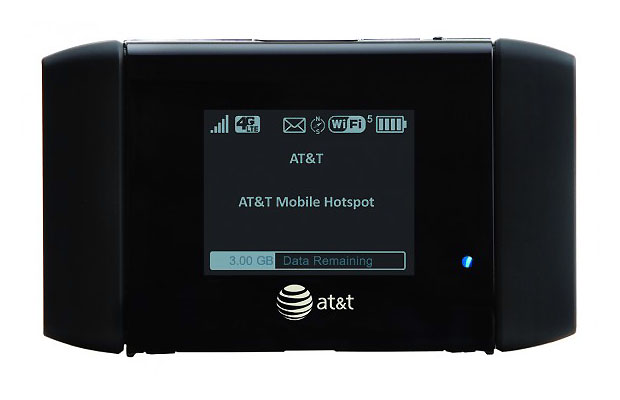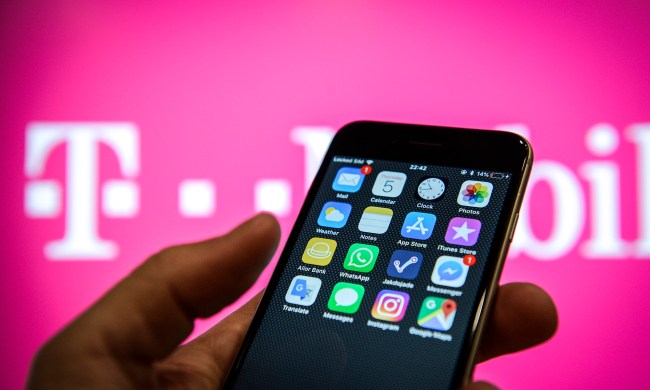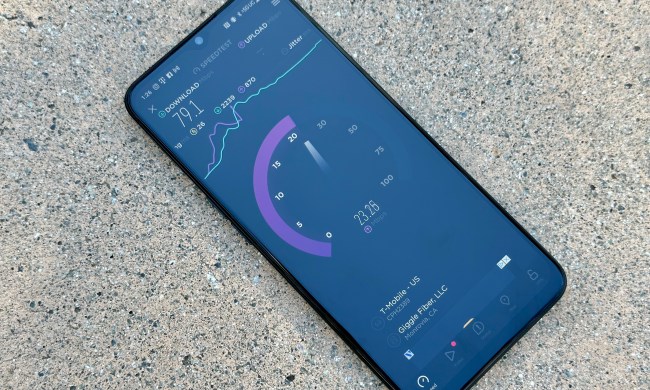
Mobile operators AT&T is starting to lay out details and availability of its first LTE-capable devices—and, as with so many other mobile tech rollouts, they’ll be mobile hotspots, rather than smartphones, tablets, or other portable devices. AT&T says it will offer its USBConnect Momentum 4G and Mobile Hotspot Elevate 4G in stores and online beginning August 21, and also confirmed its existing USBConnect Adrenalin will be updated to support LTE service beginning August 26.
AT&T also confirmed pricing plans for data-only LTE-capable devices: $50 per month buys customers 5 GB of data transfer, with overages being billed at $10 per gigabyte.
The USBConnect Momentum and Mobile Hotspot Elevate 4G will require two-year service agreements with a qualifying plan, and customers had better be sure the devices are what they want: early termination fees as much as $325.
AT&:T is planning on launching LTE service in five markets “this summer”—those would be Atlanta, Chicago, Dallas, Houston, and San Antonio. By the end of 2011, AT&T hopes to have LTE service operational in 15 markets that cover some 70 million Americans.
Customers who live or travel outside AT&T’s initial LTE cover areas will still be able to use the USBConnect Momentum and Mobile Hotspot Elevate 4G using HSPA+ services: not 4G in the same way as LTE, but still offering more mobile bandwidth than standard 3G service.
USBConnect Adrenalin customers will be able to download an LTE-enabling update from AT&T starting August 26.


